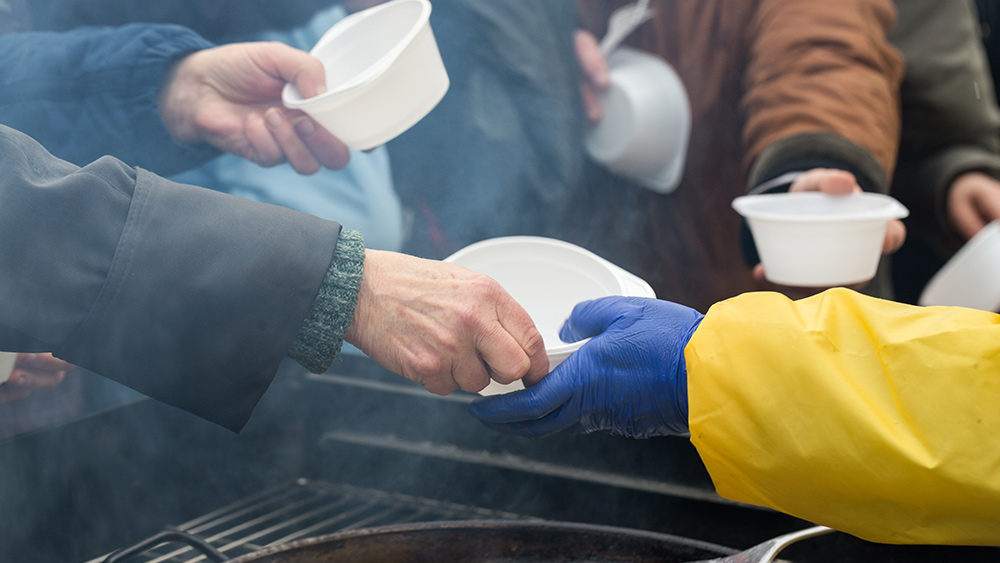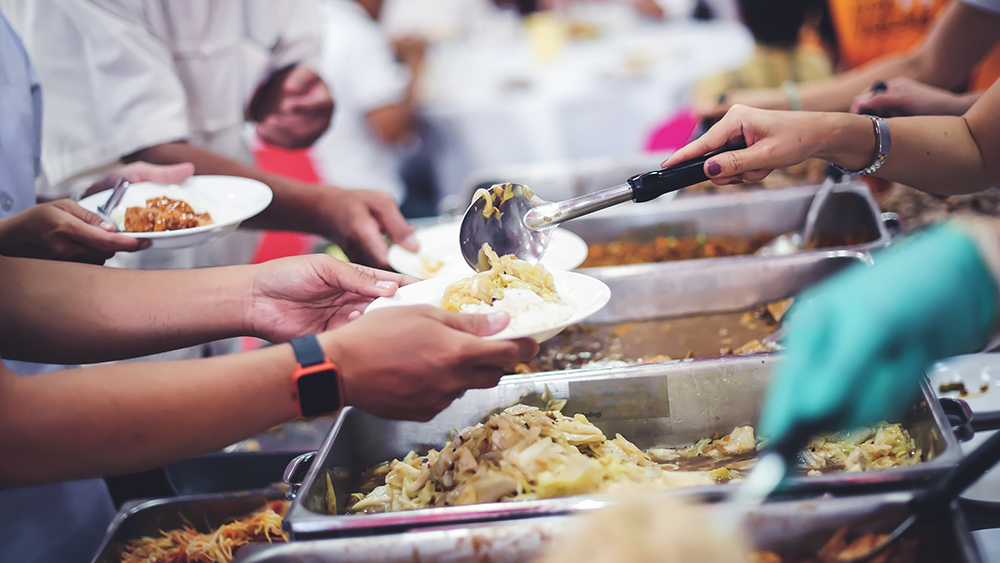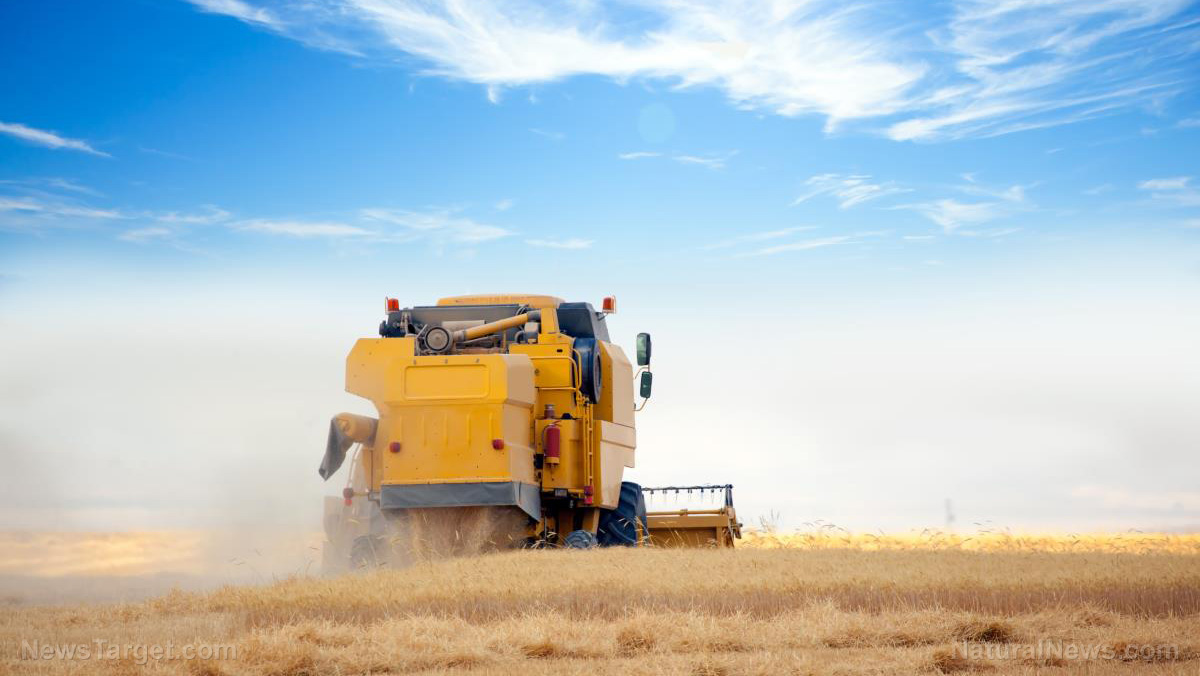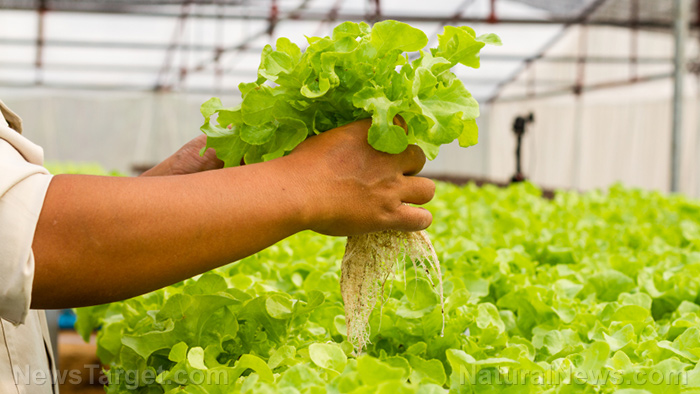Scientists WARN: The food riots will begin in just one generation, and human civilization will collapse
08/17/2018 / By Cassie B.

Many of us feel that society will collapse eventually, but lots of people don’t think it will happen during their lifetime. Although no one wants to believe that we could one day face such a scenario, a scientific model suggests that it could be coming a lot sooner than we think.
A scientific model from a team at the Global Sustainability Institute at Anglia Ruskin University shows how our current way of life is simply not sustainable and that there could be dramatic global repercussions for continuing down the same path. This is something that their calculations show will occur if society fails to react to the growing food crises by changing its behaviors and policies for the better.
The report stated: “Global demand for food is on the rise, driven by unprecedented growth in the world’s population and widespread shifts in consumption patterns as countries develop.”
The Institute’s director, Dr. Aled Jones, said that when they ran the model to the year 2040 using what he termed a “business as usual trajectory,” food riots would arise and society would collapse as food production fails to keep up with consumption.
He said: “The results show that based on plausible climate trends, and a total failure to change course, the global food supply system would face catastrophic losses, and an unprecedented epidemic of food riots.”
Previous projections show a similar path
It may be easy to dismiss the findings of one report, but it’s far from the only one to paint this disturbing picture. A recent Lloyd’s of London report shows that our global food system is under “chronic pressure” to keep up with the growing demand. Moreover, it is vulnerable to acute disruptions – a situation that is made even worse by factors like water stress, political instability, and globalization.
According to the Lloyd’s report, a global production shock would cause significant political and economic impacts that effect everyone. The report looks at a near-term disruption to the global food supply wherein three catastrophic weather events lead to shortfalls in stable crop production and price spikes – something that experts say is completely plausible based on past events.
Such a scenario would see the prices of crops like maize, soybeans, and wheat rising to levels that are quadruple those seen in 2000; meanwhile, the price of rice would increase by 500 percent. As a result, the stock prices for agricultural chemicals, agricultural engineering supply chains, and agricultural commodities would skyrocket.
This would see urban areas in North Africa, Latin America, and the Middle East hit by food riots. Stock markets would lose significant amounts of value, geopolitical mayhem would ensue, and civil unrest and terrorism would rise.
According to projections from the U.N.’s Food and Agriculture Organization, the production of agriculture around the world needs to more than double by the year 2050 for the food supply to meet demand.
Future water supply also in doubt
Reports have also found that humanity could run out of water by the year 2040. The CNA Corporation, Vermont Law School, and Aarhus University carried out a three-year study that focused on today’s methods of energy production and how they affect clean water sustainability. They discovered that if we continue down the same energy production path that we are on right now, which includes using billions of gallons of water for cooling coal-fired power plants, all of our planet’s clean water sources could be tapped dry by 2040. By 2020, water shortages could impact up to 40 percent of the world’s population.
Studies like these are a good reminder that food riots and societal collapse may not be as far off as some of us would like to believe. Are you doing everything you can to prepare for what the all-too-near future could have in store for us? See FoodCollapse.com for more coverage.
Sources for this article include:
Tagged Under: clean water, Collapse, economic stability, food crisis, food independence, food riots, food supply, home gardening, homesteading, human civilization, hunger, prepping, self sufficiency, starvation, survival, sustainability, water supply
RECENT NEWS & ARTICLES
COPYRIGHT © 2017 STARVATION NEWS




















